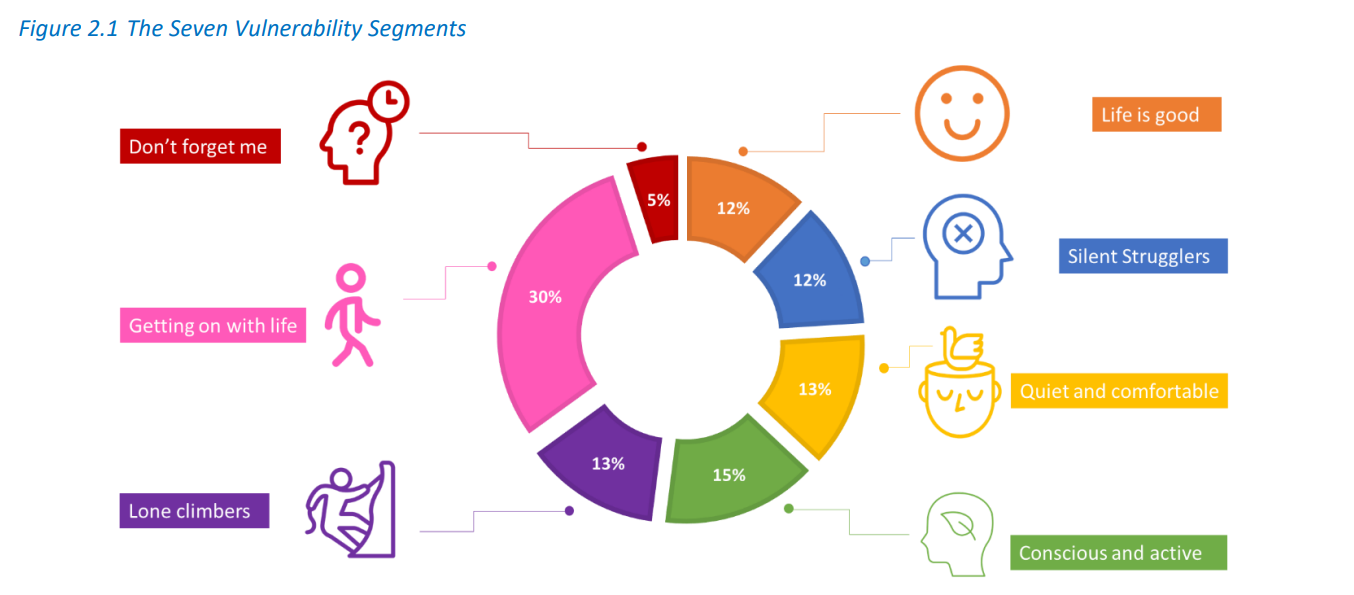This report delivers the segmentation analysis of low-income and vulnerable (LIV) customers with respect to energy supply.
A needs-based segmentation of low-income and vulnerable (LIV) customers will explore how best to classify LIV customers and identify their energy needs. The aim of the project is to provide Distribution Network Operators (DNOs) and Gas Distribution Networks (GDNs) with a better understanding to enable development of more efficient, targeted services that will help to deliver lower cost to service, higher social return on investments and a readiness for future vulnerabilities and changing energy markets. Energy is an essential service that affects customers’ comfort and health, so it is imperative to ensure that the needs of all customers are met and that the most vulnerable are adequately protected for the future market.
Background
Ofgem has set out that no one should be left behind in the pursuit of Net Zero and innovation in the energy sector. The current cost-of-living crisis and problems in energy supply, combined with the need for Distribution Network Operators (DNOs) to plan effectively for long-term investment, emphasise the importance of developing policies that meet the needs of all customers.
The challenge begins with how DNOs identify LIV customers and understand their needs. LIV customers are typically classified in one-dimensional ways (age, disability, income, etc) and applied inconsistently across regions. This simplification and inconsistency could mean that the needs of LIV customers are under-represented in investment initiatives and ultimately cause them to fall behind in terms of their access to suitable services and the benefits of new technology. In addition to these limitations, the views of LIV customers are often represented to DNOs through the filter of interest groups (e.g., Age Concern, RNIB, MIND, etc) and not directly from the customers themselves. Those agencies seeking to represent LIV customers do not necessarily have a full understanding of the energy needs of LIV customers or of the (sometimes limited) role that DNOs can play in providing for those needs. There is consequently a strong need for an objective appraisal of how best to classify LIV customers and identify their energy needs.
The seven vulnerability segments
Suitable statistical techniques were used to explore patterns in data from the main quantitative phase of research and the results are reported in the Appendices. From this process, seven broad segments of the total GB population were identified, defined primarily in terms of measures relating to the nature and degree of their vulnerability. Understanding the key differences between the segments is a crucial part of understanding how DNOs can best target their activities to best meet the needs of each segment.

